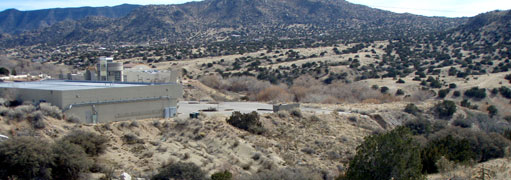An Industrial-Sized Mess: Who Will Clean Up The Gulton Site?
Who Will Clean Up The Gulton Site?


Latest Article|September 3, 2020|Free
::Making Grown Men Cry Since 1992



